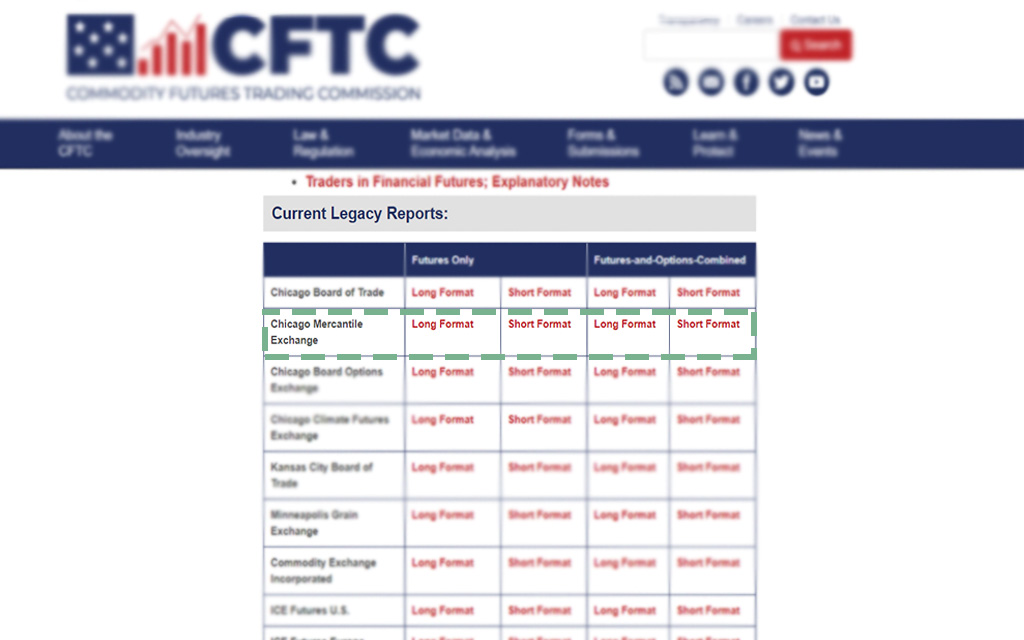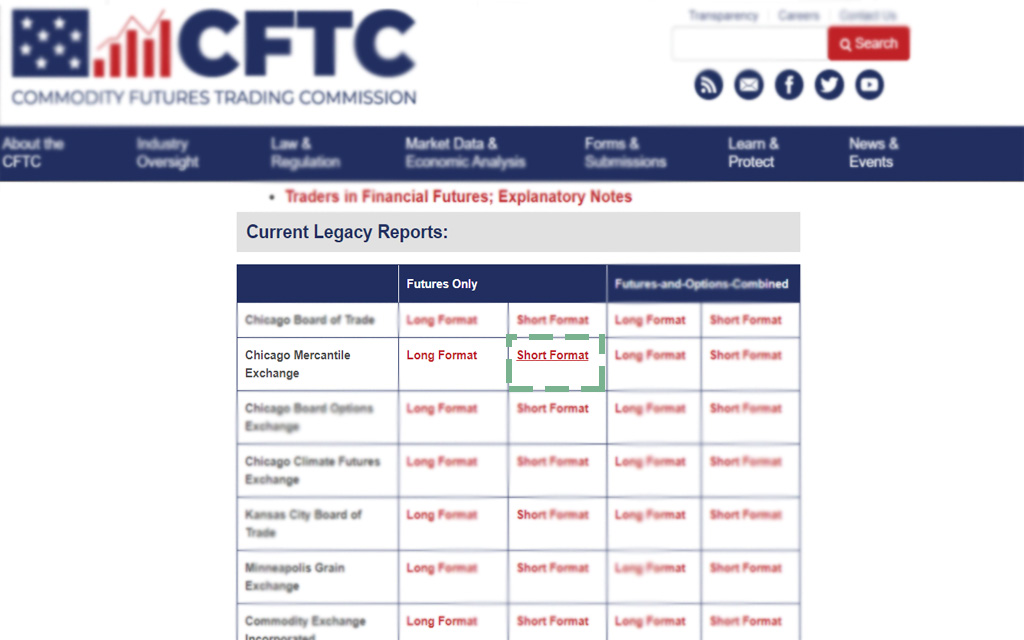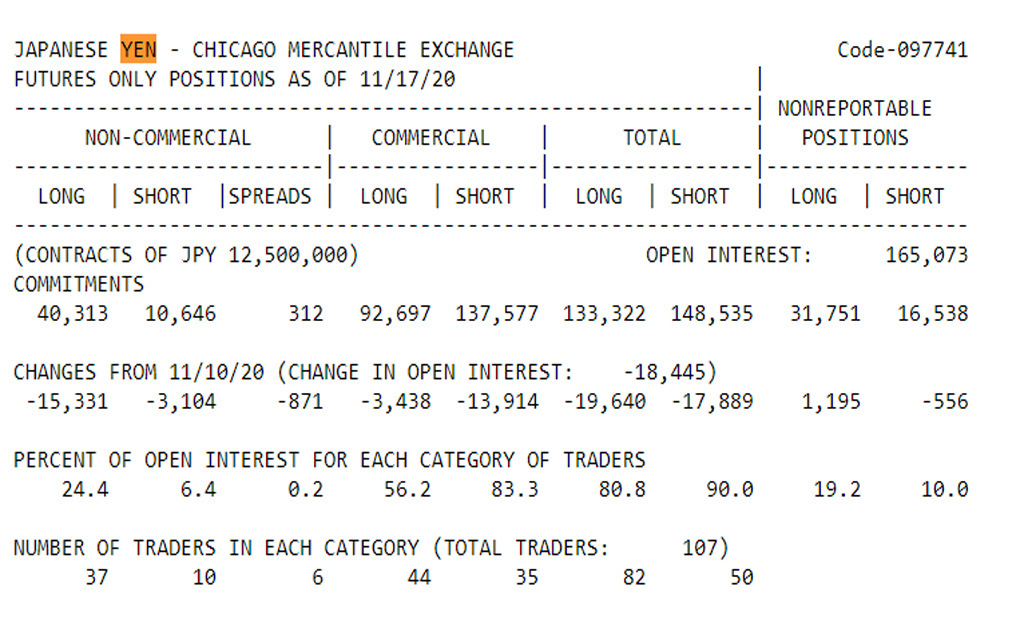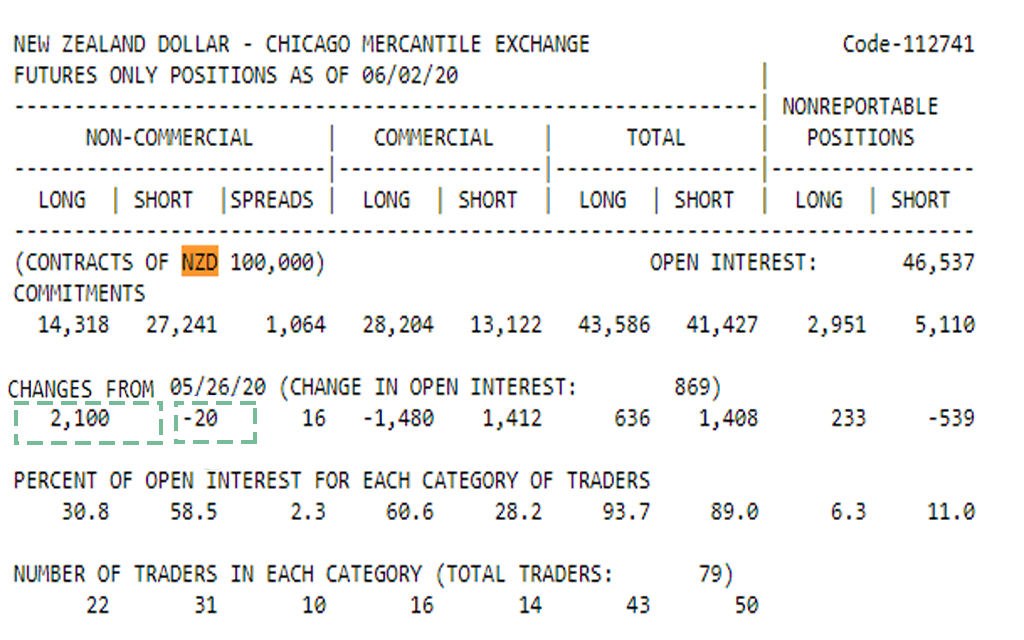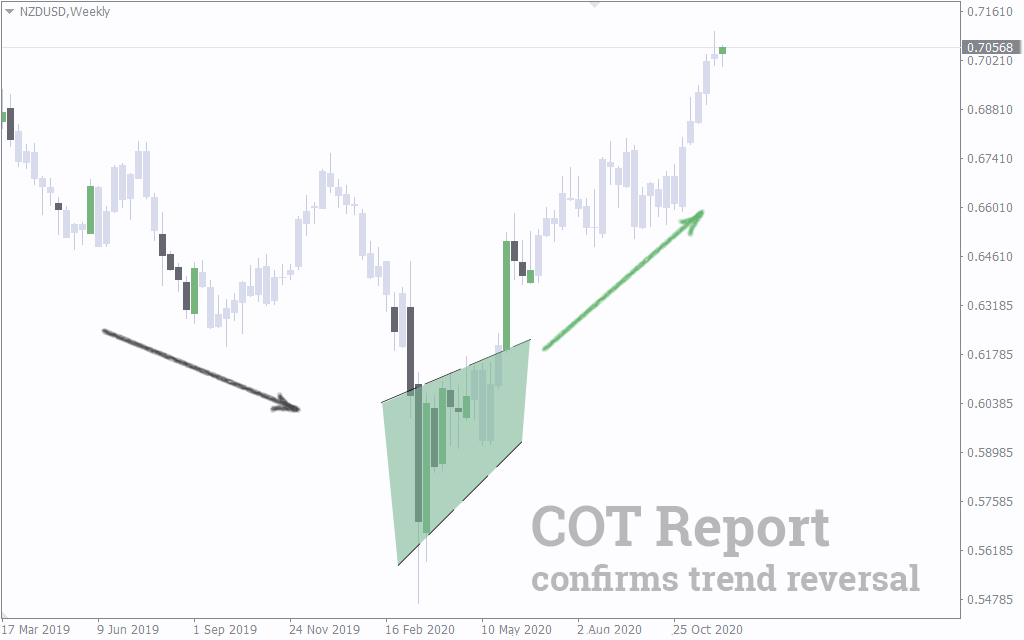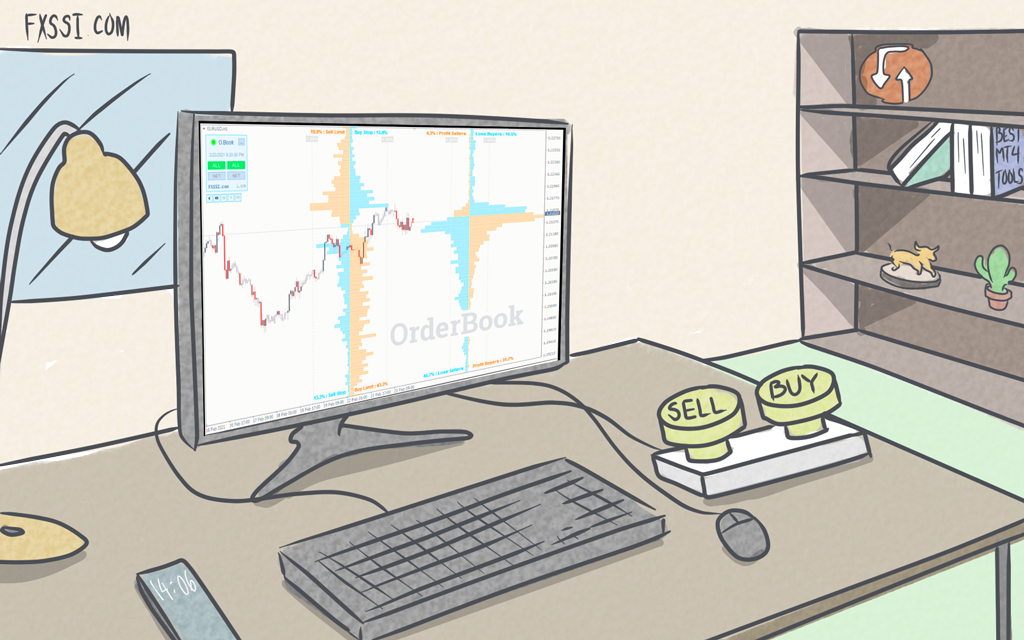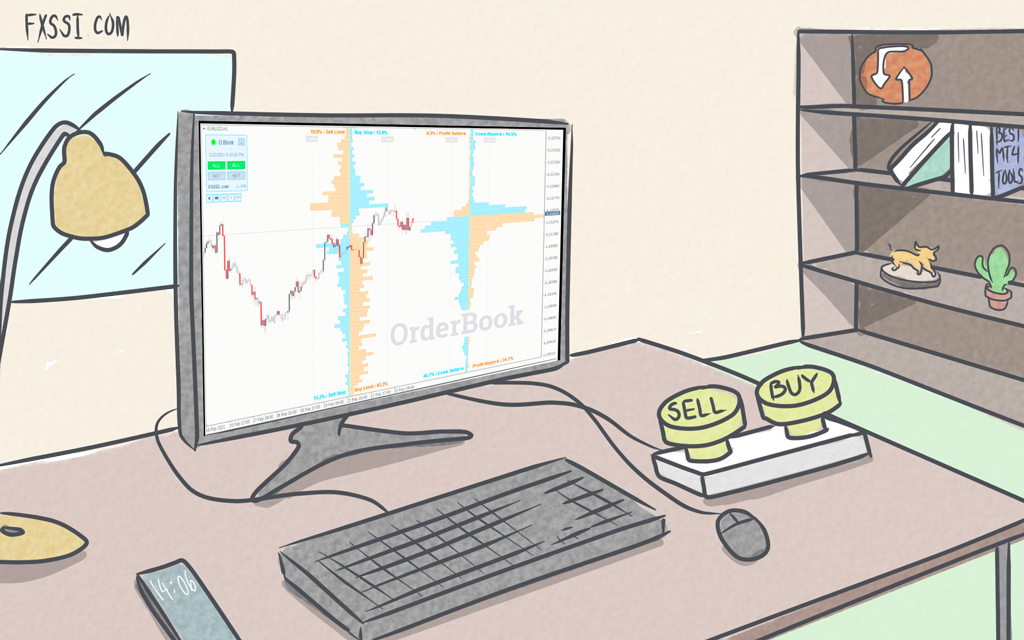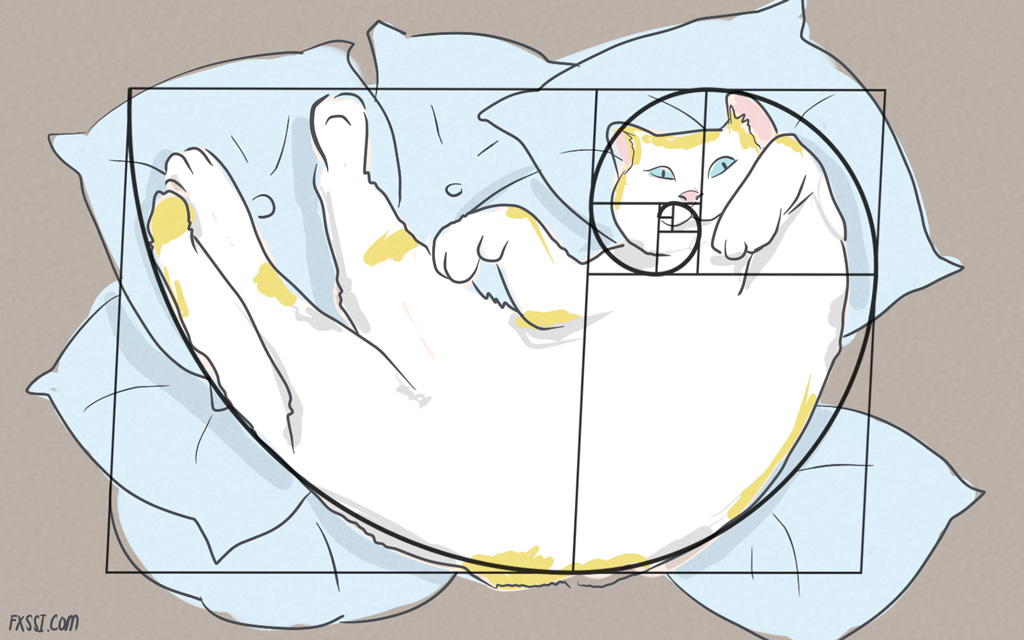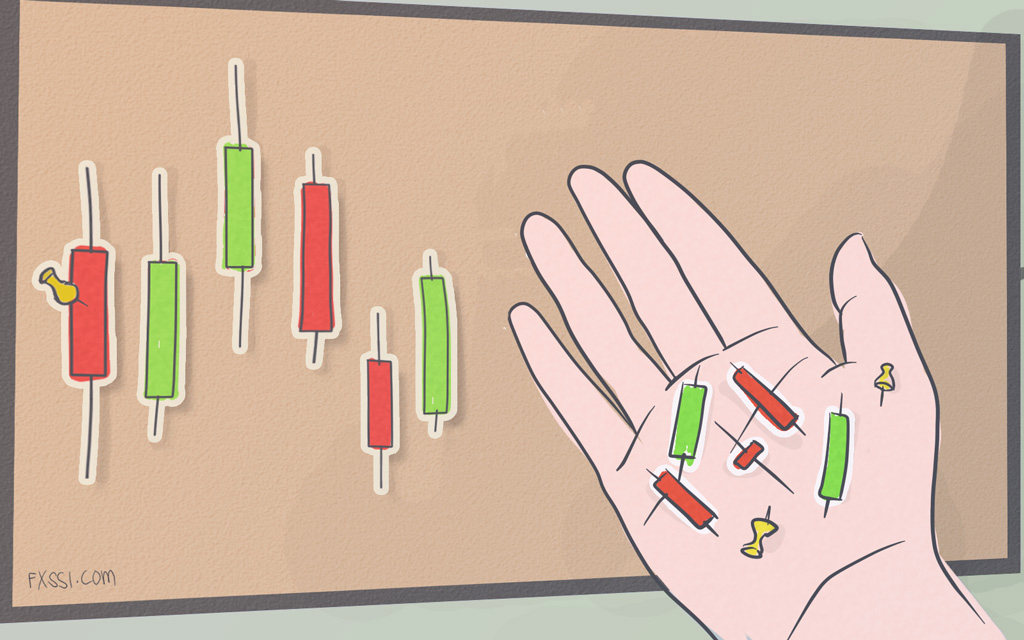Using the Commitments of Traders (COT Report) in Forex
There are many tools and information reports on the internet on which forex traders can make their trades. Some of those tools are useful enough to conveniently include in your trading strategy. One of such tools is the COT report.


C.O.T. is an acronym for Commitment of Traders. It is a report that contains a weekly overview of how participants of the futures markets in the U.S. have traded. The report contains all the positions of the main market factors in the United States.
The Commodity Futures Trading Commission (CFTC) provides this report every Friday at 3:30 P.M. EST for all positions recorded from the Tuesday of the same week to Tuesday in the previous week. As the name suggests, the COT report exposes their commitments.
These major market drivers include institutional traders, hedge funds, big banks, and more. And the weight these traders pull on the markets can sometimes be staggering enough to drive trends. As retail forex traders, our best bet is to trade like big financial institutions.
The Three Trading Groups Present In The COT Report
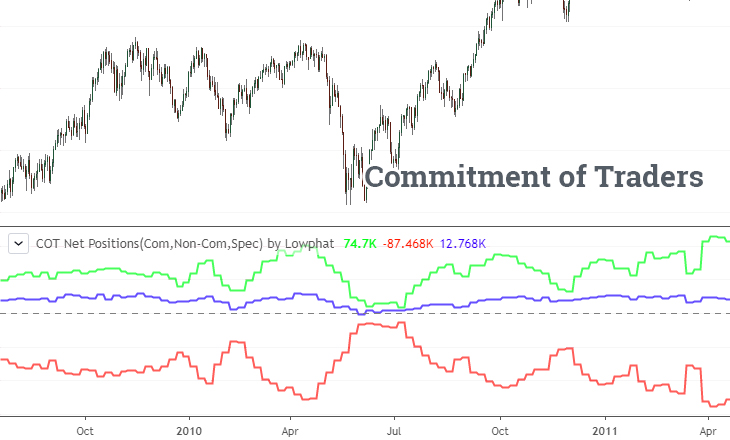 A COT report will not tell you what positions any particular institutional trader is holding. Instead, it only reports a cumulative of all participants on various futures contracts. And these market participants are divided into three trading groups:
A COT report will not tell you what positions any particular institutional trader is holding. Instead, it only reports a cumulative of all participants on various futures contracts. And these market participants are divided into three trading groups:
- commercial;
- non-commercial;
- non-reportable traders.
Who are the commercial traders?
Commercial traders are big institutions who are in the futures market to hedge against risks due to unfavorable price movements that could affect their investments. They only trade for the sake of reducing risk, not for profit.
This analogy should help you understand better. Assume you own a big telecoms company in the United States. Your company imports computer chips from Japan. The Japanese chip supplier requests that you only pay them in Japanese Yen. But there’s a problem. The USD/JPY plummets. The value of the dollar drops against the Yen.
This means you would pay more than you normally would in dollars to equal the supplier’s price in Yen, and this could result in a massive loss for you.
So you devise a genius plan to offset this loss. You purchase JPY futures. So, when USD/JPY falls, your gain from the JPY futures offsets your loss from dealing with the Japanese chips supplier.
And when the USD/JPY strengthens, your gain from exchanging USD for JPY is also offset by your loss from your JPY futures contract. This genius plan makes you a commercial trader.
Who are the non-commercial traders?
Remember how commercial traders aren’t in it for the profit? The story is the other way around for non-commercial traders. Non-commercial traders are large speculators who already have a lot of money in the bank, but want to make some more by trading the futures market.
Examples of these non-commercial traders include hedge funds, trading advisors, and other huge financial institutions. These institutions follow the trend unrepentantly. They buy in an uptrend and sell in a downtrend.
Who are the non-reportable traders?
Non-reportable traders don’t have the heavy bank accounts of commercial and non-commercial traders. They are speculators with smaller accounts who are also looking to make money from the futures market. Retail traders fall into this category.
Where To Find The COT Report
CFTC releases the COT reports to the public through its website. You can easily access the COT report in the following steps:
- Visit the Commodity Futures Trading Commission website. Scroll down till you find the “Current Legacy Reports” table. The one we need is the “Chicago Mercantile Exchange.”
- Look to the next two columns within that same row and you'll find “Short Format”. It is under the “Futures Only” column heading. Click on it.
- Don’t let the uninteresting look of the report discourage you. For example, search for the report on Japanese Yen.
Those steps take you to the most recent weekly report. But if you need details on past data, check the historical data section of the CFTC website. And if you need to check the weekly reports in a particular month, use the Historical Viewable section of the website.
Terms On The COT Report You Should Get Familiar With
If you are going to make sense of what is before you on the report, here are some terms you must understand.
- Long: The number of recorded long contracts on CFTC.
- Short: The number of recorded short contracts on CFTC.
- Open Interest: The way futures works is that traders agree to contracts that mandate them to buy or sell an asset at a predetermined date and price. And a contract only executes when the predetermined date and price have been reached. Open interest in the COT report is the number of contracts yet to be executed.
- Reportable positions: It is the number of futures positions and options that the CFTC regulations require to be reported.
- Non-reportable positions: It is the number of open interest positions that are not bound by the CFTC regulations to be reported.
How To Use The COT Report In Your Forex Trading
Before we discuss how to trade the forex market using the COT Report, you should know why the COT Report is important for forex traders.
Forex trades are executed over-the-counter (OTC). There is no central body, like NYSE, where all trades are recorded.
So, it is difficult to accurately track the volumes behind all forex trades. It is also harder to know what the big banks, the large speculators, and other market drivers, are doing. But with the COT report, forex traders can have an insight into these pieces of info.
Which brings us to the first use of the COT report in the forex.
Trading Strategy 1: COT Report as a forex volume indicator
The COT report can serve as a powerful forex volume indicator when you use it rightly. Since CFTC releases the weekly report every Friday for all trades recorded before Tuesday, you can only use it for long-term trades.
To use the COT Report as a volume indicator, keep your eyes on the open interest numbers of an asset. When there is a rise in the open interest of an asset, it means more people are trading the futures contract of the asset.
To get better results, you can use the data from the COT report to complement your technical analysis from other forex trading tools.
Trading Strategy 2: Using the COT Report to predict reversals
There are two ways to use the COT report to spot potential reversals in the forex market.
The first method is the use of the spreads data on the report. A reversal may occur when the spread between commercial and non-commercial traders is wide.
If the commercial traders are going heavily bullish while the non-commercials are heavily bearish, the market could experience a reversal to the uptrend. And if commercials are going short while non-commercials are going long, a reversal to the downtrend may occur.
The other method involves noting where the non-commercial traders are accumulating their positions. Remember that non-commercial traders are the big money guys that are interested in making more money. They are the ones you want to mimic.
So, when you find that their positions on a certain futures contract are reversing, and a reversal might be imminent on the underlying asset. This use of the COT report is similar to how you might use a sentiment indicator, such as the Current Ratio FXSSI indicator, in a forex sentiment analysis.
The image above is the COT report for the 2nd of June, 2020. Notice how the non-commercial’s long positions increased by 2100 while their shorts reduced by 20. Look at the NZDUSD chart around that time.
As you can see, the currency pair just came from a downtrend and is making a reversal to the uptrend at about the same time.
Conclusion
As we always say, never rely on one tool or indicator to decide your trades. Rather, let your tools come together to give you a trading signal.
The same applies to using the COT report to trade forex. Don’t use it in isolation. Instead, use it in combination with your technical analysis tools to help you get the best out of it.

